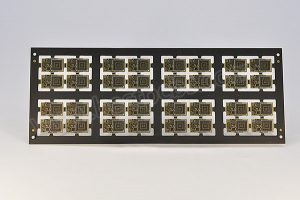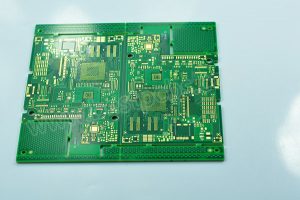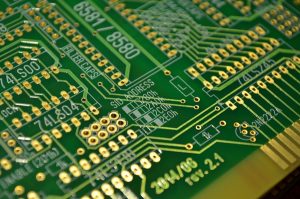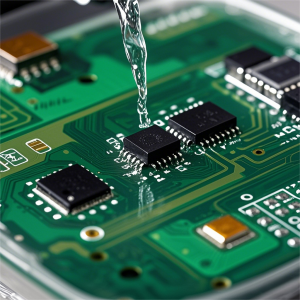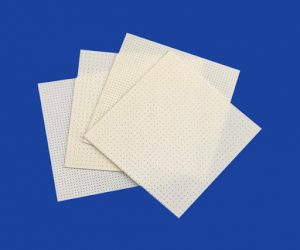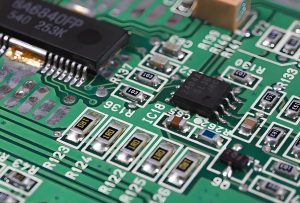A PCB board manufacturing machine plays a key role in producing high-quality circuit boards. Whether for mass production or prototyping, choosing the proper machine ensures efficiency and precision. The proper equipment speeds up production, reduces errors, and improves overall quality. Understanding the manufacturing process and selecting the proper machines can save costs and boost performance. Let’s explore everything you need to know about PCB manufacturing machines.
Best Technology is a leading PCB manufacturer in China. We are not a trading company; we are a direct factory manufacturing PCBs. Our SMT factory has 2 YAMAHA and 2 JUKI production lines. The equipment is imported from Japan. Our advanced PCB Board Manufacturing Machine allows Best Technology to shorten the delivery time to 2-3 weeks without compromising product quality. If you have any inquiries about the PCB, you are warmly welcome to reach out to us via sales@bestpcbs.com. We will get back to you within 12 hours.
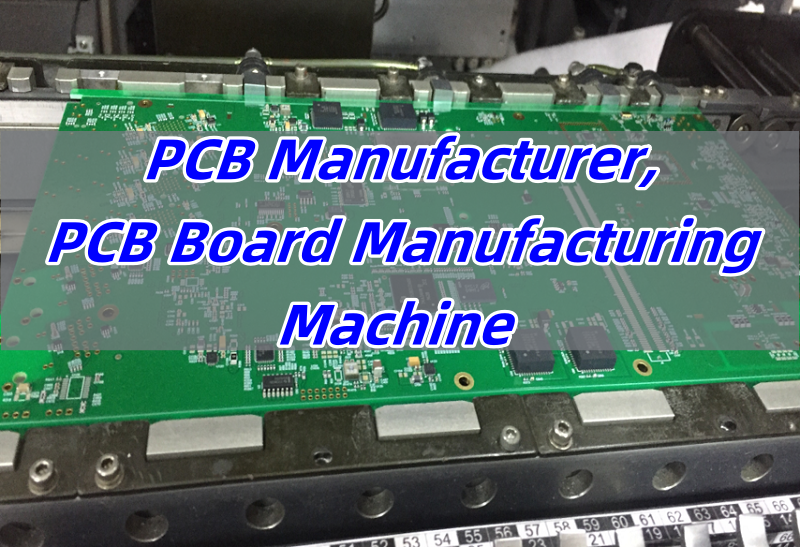
What Machines Are Used in PCB Manufacturing?
PCB manufacturing involves several machines, each designed for a specific task. Here are the most important ones:
- Drilling Machines: These create precise holes for component leads and vias, ensuring proper connections between PCB layers.
- Etching Machines: They remove excess copper to define the circuit pathways, ensuring clear and accurate traces.
- Lamination Machines: These bond multiple PCB layers together, essential for multilayer boards.
- Solder Mask Printers: These apply a protective layer to the PCB, preventing oxidation and short circuits.
- Pick and Place Machines: These position surface-mount components with speed and accuracy.
- Reflow Ovens: They heat solder paste to secure components, ensuring strong electrical connections.
- AOI (Automated Optical Inspection) Machines: These scan PCBs for defects, reducing errors before final assembly.
- Testing Equipment: Essential for verifying functionality, including electrical testing and X-ray inspection for complex designs.
What Is a PCB Prototyping Machine?
A PCB prototyping machine allows engineers to create test boards quickly before moving to full production. These machines help in reducing development time and costs by allowing in-house prototype fabrication. Some popular types include:
- CNC Milling Machines: These carve circuit paths onto a copper-clad board, eliminating the need for etching chemicals.
- Laser Etching Machines: They use high-precision lasers to create PCB patterns.
- Desktop PCB Printers: These print conductive traces on flexible substrates for rapid testing.
Prototyping machines are great for small-batch production, enabling quick iterations in the design process.
What Machine Prints PCBs?
A PCB printing machine creates circuit patterns on PCB material. These machines use different technologies, including:
- Inkjet PCB Printers: These print conductive ink directly onto the PCB surface, ideal for flexible circuits.
- Screen Printing Machines: These apply solder paste and component markings onto the board.
- Laser Direct Imaging (LDI) Machines: These use laser beams to transfer the circuit design onto the board, ensuring high precision.
- 3D PCB Printers: These advanced machines can print multilayer circuits directly onto substrates.
The choice depends on production needs, with high-end machines offering better precision and speed.
What Is the Difference Between PCB Assembly and PCB Manufacturing?
Many people confuse PCB manufacturing with PCB assembly. However, they are different processes:
- PCB Manufacturing: This involves creating the bare board, including drilling, etching, laminating, and applying solder masks.
- PCB Assembly: This involves placing and soldering components onto the board, using SMT machines for PCB assembly or through-hole soldering.
Both processes are crucial for building functional circuit boards, but assembly requires additional equipment like reflow ovens and wave soldering machines.
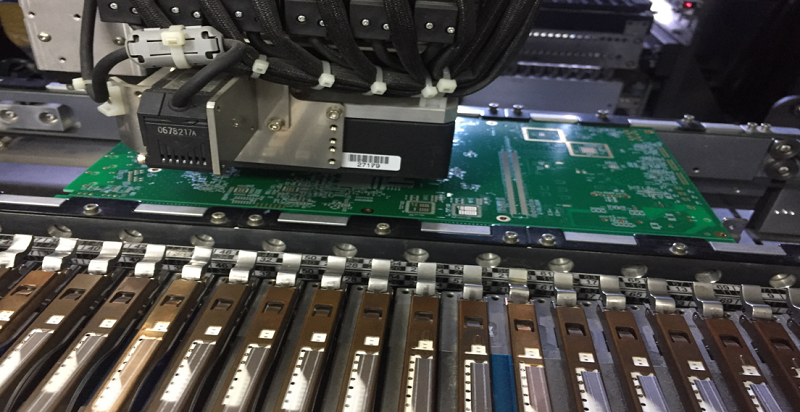
How Do You Manufacture a PCB Board?
The PCB board manufacturing process follows these steps:
- Design & Layout: Engineers design the PCB using software like Altium or Eagle.
- Printing & Etching: The circuit pattern is transferred onto the copper-clad board and unwanted copper is removed.
- Drilling & Plating: Holes are drilled for components, followed by electroplating to ensure conductivity.
- Lamination: Multiple layers are bonded together for multilayer boards.
- Solder Mask Application: A protective layer is applied to prevent short circuits and oxidation.
- Silkscreen Printing: Labels and component markings are printed for easy identification.
- Cutting & Testing: Boards are cut to the required size and undergo electrical testing to ensure functionality.
This process ensures that PCBs meet industry standards and function as expected in electronic devices.
How Are PCB Boards Printed?
PCB printing involves several methods, including:
- Photolithography: UV light transfers circuit patterns onto a copper layer for high precision.
- Screen Printing: Used for applying solder paste and component labels.
- Inkjet Printing: Prints conductive traces on PCBs, suitable for flexible electronics.
- Laser Imaging: Creates fine-pitch circuits with excellent accuracy.
Advanced printing techniques ensure precision, especially for high-density PCBs.
How Much Does It Cost to Manufacture a Custom PCB?
The PCB board manufacturing machine cost depends on its type and capabilities. Here’s a rough breakdown:
The advanced equipment will help to save the manual process and help to save the cost. The equipment like small PCB board manufacturing machines, industrial PCB manufacturing machines, PCB prototyping machines, SMT machines for PCB assembly. Other cost factors include:
- PCB complexity: More layers and finer traces increase production costs.
- Material choice: High-frequency boards cost more than standard FR4 boards.
- Order quantity: Bulk orders reduce per-unit costs significantly.
Understanding these costs helps businesses make informed investment decisions.
How to Choose a PCB Manufacturer?
Selecting the right PCB board manufacturing machine companies is key to quality production. Consider these factors:
- Industry Experience: Choose a manufacturer with a strong track record.
- Equipment & Technology: Advanced printed circuit board manufacturing equipment ensures higher precision.
- Customization Options: Ensure the manufacturer supports specialized designs.
- Certifications & Quality Standards: Compliance with ISO and IPC standards guarantees reliable products.
- Turnaround Time: Faster production times improve time-to-market for new designs.
- Customer Support: Responsive service helps with troubleshooting and order management.
A good manufacturer provides not only high-quality PCBs but also technical support and flexible solutions.
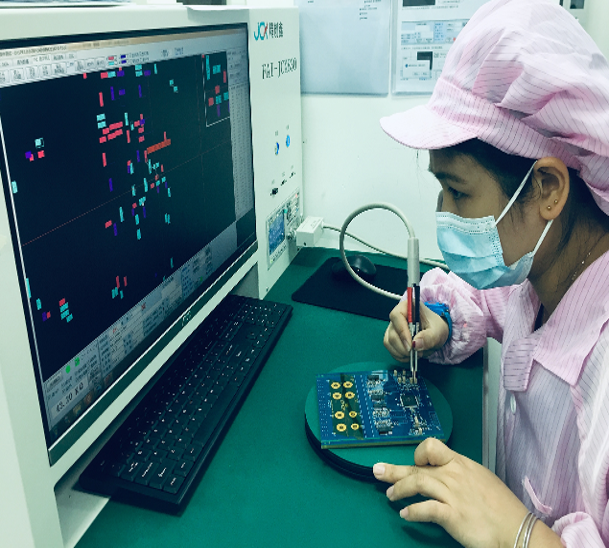
In conclusion, understanding PCB board manufacturing machine help businesses choose the right equipment for their production needs. From small prototyping machines to large-scale SMT assembly lines, every machine plays a vital role in ensuring efficiency and quality. Investing in the right equipment reduces errors, speeds up production, and ensures consistent results. If you’re looking for a reliable PCB supplier, Best Technology offers cutting-edge PCB solutions backed by 18 years of expertise. Get in touch with us via sales@bestpcbs.com to get the proper solution for your PCB manufacturing needs!


